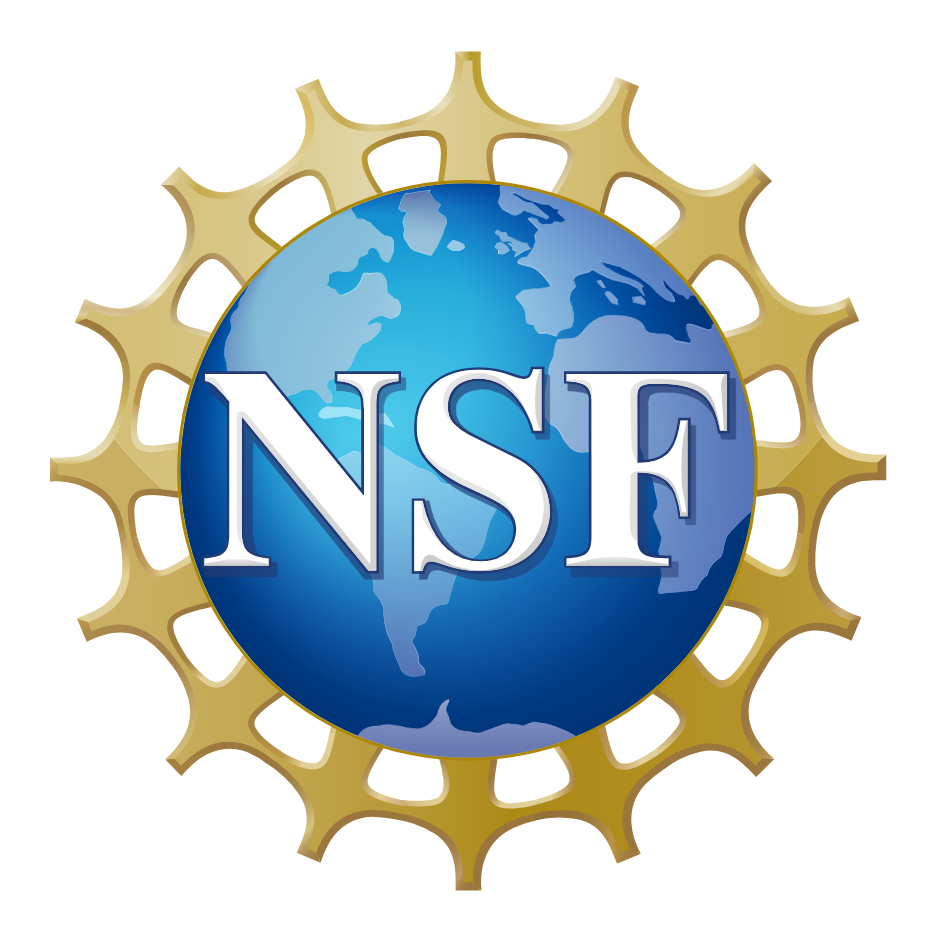What is the National Science Foundation (NSF)?
The National Science Foundation (NSF) is an independent federal agency created by Congress in 1950 “to promote the progress of science; to advance the national health, prosperity, and welfare; to secure the national defense…” NSF is vital because they support basic research to create knowledge that transforms the future. NSF manages the U.S. Antarctic Program.
Types of support:
- Is a driver of the U.S. economy.
- Enhances the nation’s security.
- Advances knowledge to sustain global leadership.
With an annual budget of $7.5 billion (FY 2016), NSF is the funding source for approximately 24 percent of all federally supported basic research conducted by America’s colleges and universities. In many fields such as mathematics, computer science and the social sciences, NSF is the major source of federal backing.
What are the Goals of the NSF?
NSF’s goals fit into the four broad categories of discovery, learning, research infrastructure and stewardship. They are:
- Provide an integrated strategy to advance the frontiers of knowledge
- Cultivate a world-class, broadly inclusive science and engineering workforce
- Expand the scientific literacy of all citizens
- Build the nation’s research capability through investments in advanced instrumentation and facilities
- Support excellence in science and engineering research and education through a capable and responsive organization.
How does NSF Work?
NSF fulfills their mission chiefly by issuing limited-term grants — currently about 12,000 new awards per year, with an average duration of three years — to fund specific research proposals that have been judged the most promising by a rigorous and objective merit-review system. Most of these awards go to individuals or small groups of investigators. Others provide funding for research centers, instruments and facilities that allow scientists, engineers and students to work at the outermost frontiers of knowledge.
NSF also funds equipment that is needed by scientists and engineers but is often too expensive for any one group or researcher to afford. Examples of such major research equipment include giant optical and radio telescopes, Antarctic research sites, high-end computer facilities and ultra-high-speed connections, ships for ocean research, sensitive detectors of very subtle physical phenomena and gravitational wave observatories.
What are some NSF Successes?
Many of the discoveries and technological advances have been truly revolutionary. In the past few decades, NSF-funded researchers have won some 223 Nobel Prizes as well as other honors too numerous to list. These pioneers have included the scientists or teams that discovered many of the fundamental particles of matter, analyzed the cosmic microwaves left over from the earliest epoch of the universe, developed carbon-14 dating of ancient artifacts, decoded the genetics of viruses, and created an entirely new state of matter called a Bose-Einstein condensate.
How does NSF Support NASA?
NSF and NASA have had working ties since NASA’s inception in 1958. The NSF’s astronomy program forged a close working relationship with NASA in that the NSF provides virtually all the U.S. federal support for ground-based astronomy, while NASA focused on the U.S. efforts in space-based astronomy.
In 1994 NSF teamed with DARPA and NASA to launch the Digital Library Initiative which funded six digital library projects. One of these grants went to Stanford University, where two graduate students, Larry Page and Sergey Brin, began to develop a search engine that used the links between webpages as a ranking method, which they later commercialized under the name Google.
In 2016, NSF and NASA signed a collaborative agreement to study the effects of living in the polar environment of Antarctica. Learn more about this research HERE. (Link is: https://www.nasa.gov/feature/antarctica-provides-ice-to-study-behavior-effects-in-astronauts )
How does NSF Support Public Educations?
Another essential element in NSF’s mission is to support science and engineering education, from pre-K through graduate school and beyond. The research they fund is thoroughly integrated with education to help ensure there will always be plenty of skilled people available to work in new and emerging scientific, engineering and technological fields, and plenty of capable teachers to educate the next generation.
































